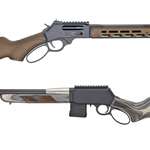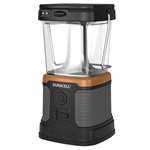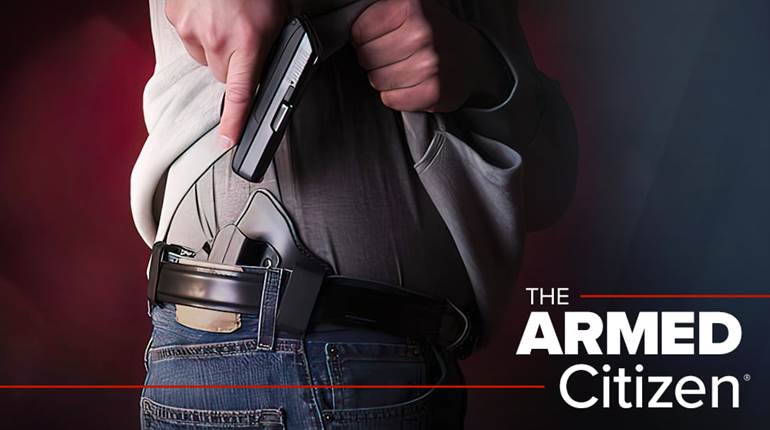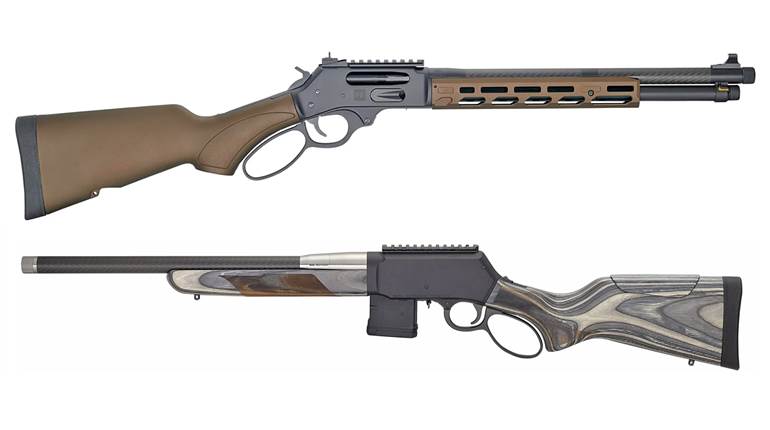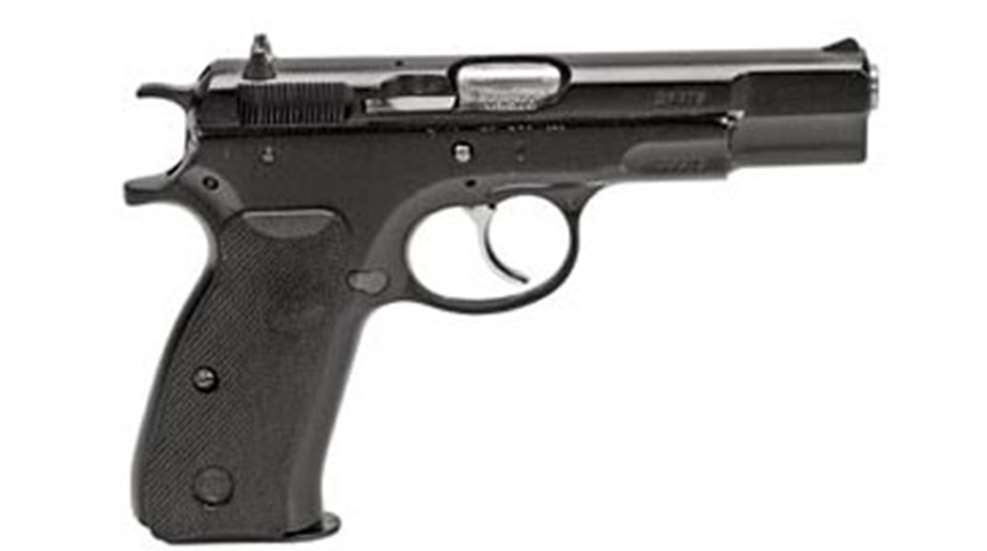
The Czech CZ 75, designed by Josef and Frantisek Koucky, was introduced in 1975 by Ceska Zbrojovka, Uhersky Brod. The short-recoil 9 mm Parabellum double-action with its 15-round magazine was applauded in these pages (September 1981, p. 48), but it was not expected to appear here in large numbers because of import restrictions against what was then Communist Czechoslovakia.
The first CZ 75s, with rough finishes, wood stocks, lanyard rings, rowel hammers and no half-cock notches, were difficult for U.S. citizens to buy, with the usual route of acquisition being through Canada. To fill perceived U.S. demand, manufacturers in other countries soon began to make close copies of the pistol and, since the 1980s, many have been imported here-some in 9x21 mm, .40 S&W and .41 AE cals.
From Switzerland, with early assistance from CZ, and from Muller in England, came the ITM AT-84 and the Sphinx AT-2000 line. Italy's Tanfoglio gave us the TZ-75 and Springfield Armory's P9 series and continues with European American Armory's extensive Witness line of variations. Israel Military Industries, using some Tanfoglio parts, made the Jericho 941 and the current Magnum Research Baby Desert Eagle.
In 1992, Action Arms, which had gone through many fits and starts with the ITM/Muller guns, finally got on track when Czechoslovakia earned most-favored-nation trading status, making the Czech-made pistol readily importable together with the 1986-developed CZ 85 with ambidextrous slide release and safety levers. The .40 S&W chambering was added to the CZ 75 line in 1997, discontinued, then returned in 1999. CZ has since set up its own importer, CZ-USA in Kansas City, Kan., and currently imports literally dozens of full-size and compact models and variations in 9 mm or .40 S&W. The 1998-introduced CZ 97 B brought the .45 ACP chambering to the design, and there is even a .22 LR Kadet variant.
The CZ 75 and its descendants now occupy a considerable part of the imported high-capacity, double-action autoloader market. Its applications for home defense, service pistol use and practical pistol competition will ensure the CZ's influence for a long time to come.
The accompanying instructions are for the basic CZ 75 and apply to most of its variants, though there are differences in safety and trigger systems.
Disassembly
Depress the magazine catch on the left side of the frame, remove the magazine and retract the slide to ensure that the chamber is empty, then release the slide. Bring the hammer to the full cock position and retract the slide about 1/4" to align the witness marks on the left side of the slide and frame. The rear sight may be used to aid in gripping the slide. Next, press in on the slide stop pin projecting from the right side of the frame and lift it out from the left side. The slide may now be pulled forward and lifted off the frame. Turn the slide upside down and retract the recoil spring to allow removal of the recoil spring and recoil spring guide. The barrel may then be removed from the slide. Further disassembly is not recommended, unless performed by a qualified gunsmith. Reassembly is carried out in the reverse order.
















![Auto[47]](/media/121jogez/auto-47.jpg?anchor=center&mode=crop&width=770&height=430&rnd=134090788010670000&quality=60)



